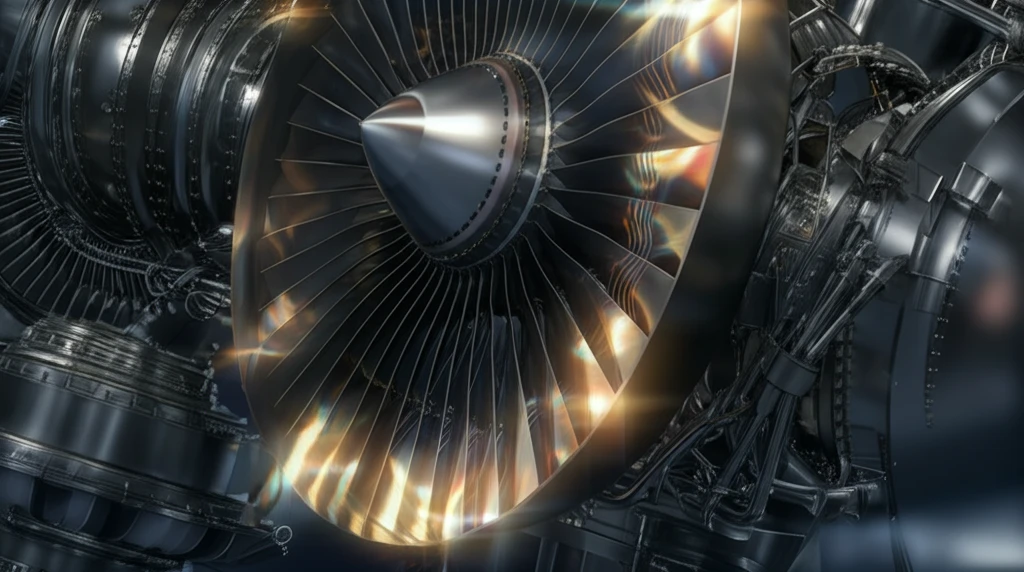
Cooling the Future: How Innovative Turbine Design is Boosting Engine Efficiency
"Explore the cutting-edge techniques in low-pressure turbine design that minimize fuel consumption and maximize engine lifespan."
In the relentless pursuit of fuel efficiency, the aviation industry faces a monumental challenge: designing aircraft engines that not only meet stringent performance demands but also minimize environmental impact. Low-pressure turbines (LPTs), critical components in these engines, are subjected to extreme thermal and mechanical stresses during flight. To ensure longevity and optimal performance, engineers are turning to innovative design strategies, focusing particularly on secondary air systems (SAS). These systems play a vital role in cooling and maintaining the structural integrity of turbine rotor discs.
The core issue lies in managing the delicate balance between cooling efficiency and energy expenditure. Excessive cooling bleeds energy from the engine, reducing its overall efficiency. Insufficient cooling, on the other hand, can lead to catastrophic failures due to overheating and stress. This necessitates a design approach that precisely optimizes cooling flow, ensuring that temperatures and stresses remain within safe operational limits.
This article delves into the complex world of LPT design, exploring how advanced numerical optimization methods and robust design techniques are being employed to create more efficient and reliable aircraft engines. We will explore the pivotal role of Secondary Air Systems (SAS) and the cutting-edge strategies that promise a new era of aviation propulsion.
The Art of Robust Design Optimization

Robust Design Optimization (RDO) has emerged as a game-changing approach, allowing engineers to navigate the complexities of LPT design with greater precision and foresight. RDO is not merely about finding a single optimal design; it's about creating a design that remains effective and reliable even when faced with real-world variations in operating conditions and manufacturing tolerances.
- Enhanced engine efficiency through optimized cooling flow.
- Increased component lifespan by managing thermal and mechanical stress.
- Reduced sensitivity to manufacturing variations and operating conditions.
- Improved overall reliability and safety.
Looking Ahead: The Future of Turbine Technology
The techniques discussed in this article represent a significant step forward in turbine technology, offering a pathway to more efficient, reliable, and environmentally friendly aircraft engines. As the demand for air travel continues to grow, the importance of these innovations will only increase. By embracing robust design optimization and pushing the boundaries of engineering, the aviation industry can ensure a future where air travel is both sustainable and accessible.
